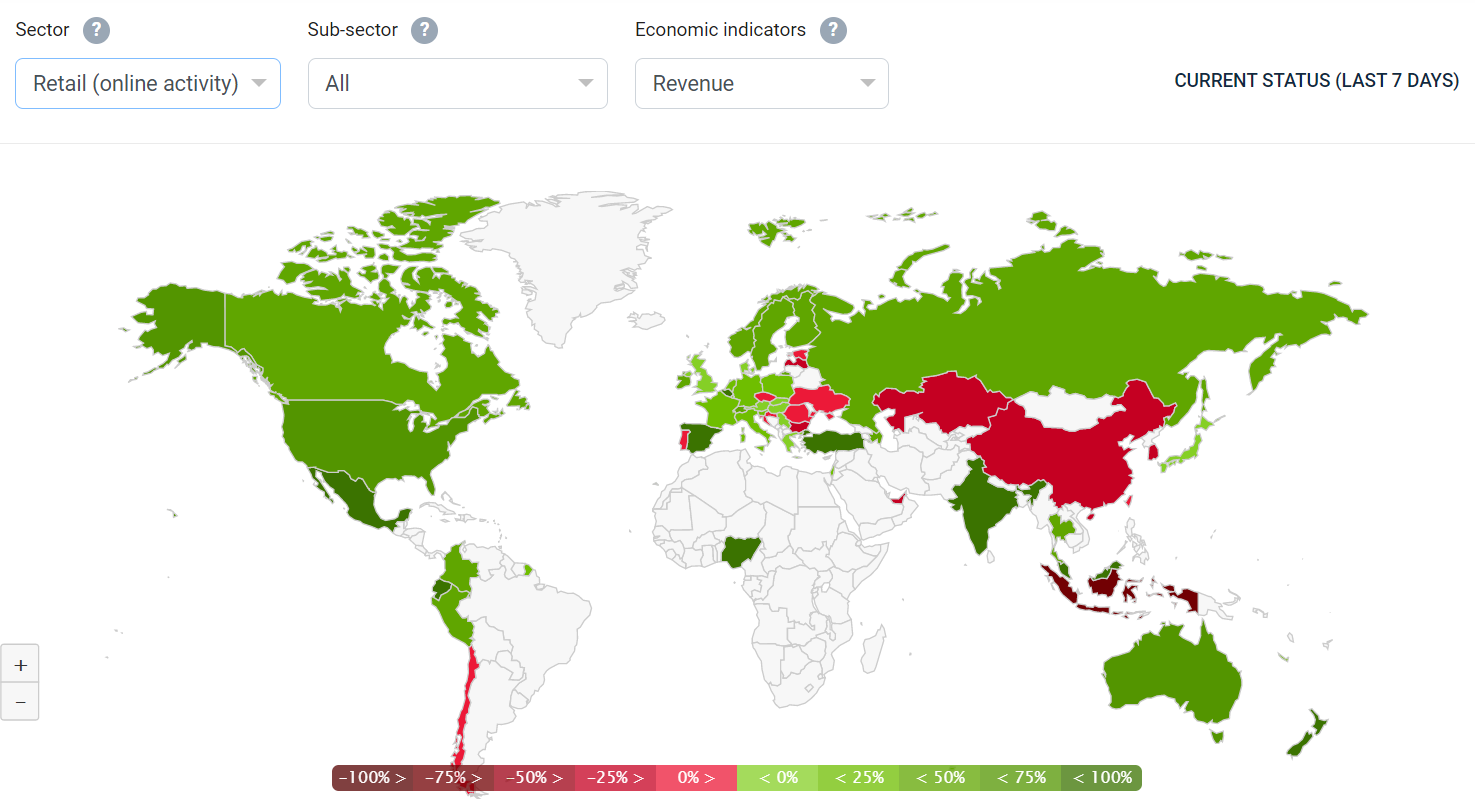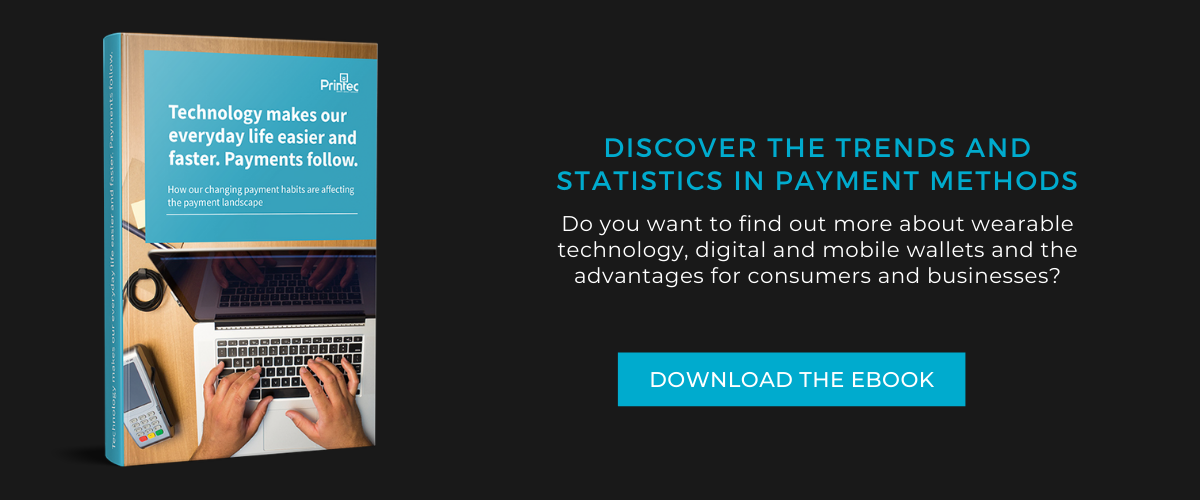
The global health crisis we are experiencing has changed many aspects of our lives including the way we work, socialize, shop and pay. We have all adopted new habits, re-evaluated our priorities and shifted our behavior. At the same time, businesses pivoted to meet immediate demands and others went in full business continuity mode to weather the storm.
When it comes to payments, has consumer behavior changed forever and what’s going to happen as we gradually move on to the ‘new normal’?
While some consumers were already familiar with digital options, others were forced to shift quickly. Complete lockdowns in some countries, social distancing, high levels of hygiene and the need to avoid tactile engagement served as a jolt to the trial and adoption rate of digital payments.
An explosion in eCommerce
With consumers staying at home, there has been an explosion in the use of online shopping, digital checkout and delivery systems. The COVID-19 crisis is driving the global growth of eCommerce sales, with millions of consumers worldwide in quarantine shopping for goods, services and entertainment online. Businesses like PayPal, Amazon and Netflix have seen huge spikes in demand, while a research from Mastercard revealed that more than half of European shoppers (57%) are now shopping online more than ever.
Year-Over-Year Growth Rate of Online Transactions

This map illustrates how retailers (online activity) are performing in the last 7 days compared to the same period last year (pre-COVID19 outbreak). The growth rate shown on the map is calculated in the following way: orders in the last 7 days divided by the orders in the same period last year.
Source: COMMERCE INSIGHT, an Emarsys initiative in cooperation with GoodData
Thumbs up for ‘tap & go’ transactions
Increased concern about hygiene during the COVID-19 pandemic appears to have spurred contactless payments. Even though the World Health Organization has confirmed that cash does not present a high risk of spreading the virus, there is a general sense of unease around cash. In fact, financial institutions across the globe stepped up and increased the limit for contactless payments without the use of PIN in order to minimize the physical contact of the consumer with the POS keyboard.
Recently, Mastercard revealed that 78 per cent of all transactions across Europe are contactless. With 89 per cent of people asked agreeing that contactless payments have been easy to adopt, 73 per cent of Europeans claiming that the pandemic ending won’t change their contactless usage and 64 per cent stating this is now their preferred way to pay in-store, we can assume that contactless transactions are here to stay.
Growth for tokenized mobile wallets
COVID-19 has made customers wary of public payment terminals. Digital wallets like Apple Pay and Google Pay allow a payment to be made without even tapping a card to a terminal or entering a PIN. It is just a matter of time until token-based wallets become more popular and gain the users’ trust; the use of physical payment cards, in parallel, may shrink. Businesses that are unable to accept payments from digital wallets may experience constrained growth in the post-pandemic world, while peer-to-peer contactless payments, even between different types of wallets, and QR code payments should become commonplace.
Changing customer behavior is driving digital transformation
The outbreak of COVID-19 has forced many companies to face and recognize the value of digital transformation. It has been a wake-up call for organizations across all industries and payments is no exception.
Lockdown, social distancing and other pandemic-mitigation measures has boosted demand for digital banking services, forcing many traditional payments providers to fast-track their digital innovation efforts. Legacy banks and payments players may wish to collaborate to better bring digital payments solutions to the marketplace.
There is no going back
A few weeks ago, we didn’t even think about everyday tasks like going to the office, stopping by the bank or using cash to pay at the store. In today’s reality, though, things have changed and we need to be flexible and move to digital channels. For some people, especially millennials and Gen Z, this is obvious, but there is a certain number of people who are not as familiar with technology; making a contactless payment at the pos terminal or using e-banking and m-banking, shopping online or paying utility bills online might feel intimidating.
We have experienced a fast track learning period when it comes to technology. This transformational impact and learnings will remain with us even after the crisis, helping us embrace technology and becoming digitally literate.
The overall impact of COVID-19 won’t be known for months—if not years. The global economy may look very different when we get back to ‘normal’ and the payments industry will have a key role to play in revamping the economy.
Sources: Accenture, Mastercard








